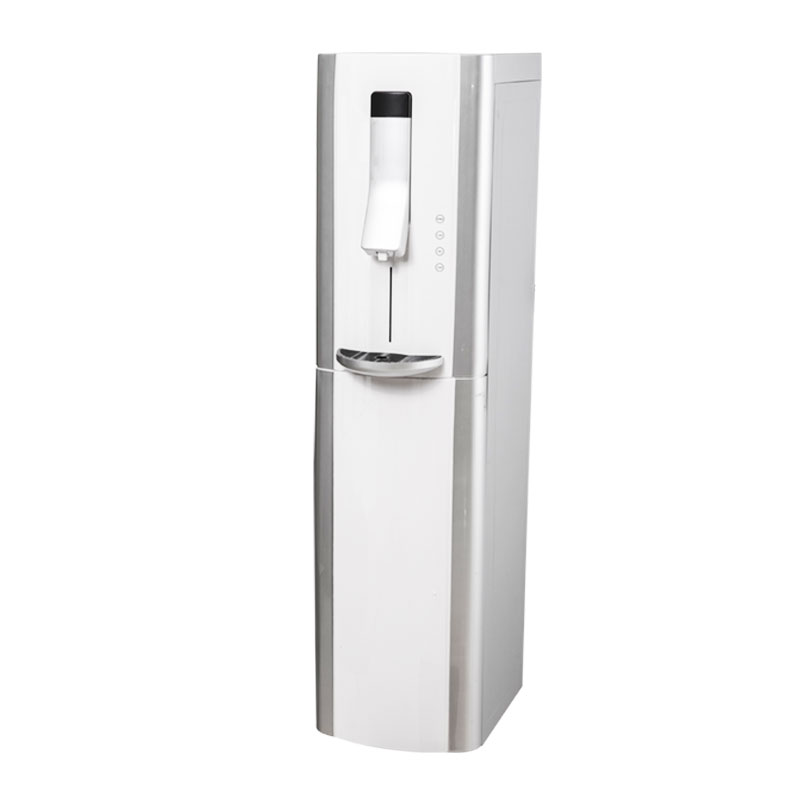As an indispensable device in modern home and office environments, water dispensers provide a convenient drinking water solution. However, water dispensers are prone to accumulate bacteria and dirt during use, which not only affects the water quality, but may also affect the performance of the device. Therefore, regular cleaning and maintenance are particularly important to ensure the hygiene and safety of the water dispenser.
Before cleaning the water dispenser, you first need to ensure that the power supply is disconnected. This measure not only protects the equipment and avoids the risk of short circuit and electric shock, but also provides users with a safe operating environment. Even for simple external cleaning, ensuring that the power supply is turned off is a necessary step to prevent accidents.
When choosing a detergent, users should give priority to neutral detergents or dedicated water dispenser cleaners, and avoid using strong acid or strong alkaline detergents. Such strong detergents may cause damage to the internal materials of the water dispenser, shorten its service life and affect the water quality. It is worth noting that white vinegar, as a natural cleaner, has good disinfection and descaling effects. After diluting white vinegar with water in a 1:1 ratio, it can safely and effectively clean sinks and water pipes, which is both environmentally friendly and economical.
It is recommended that users develop a regular cleaning schedule, such as a full cleaning once a month and a simple external cleaning and inspection every week. Such a cleaning schedule can not only effectively prevent bacterial growth and scale accumulation, but also ensure that the water dispenser remains hygienic for a long time. In environments with high frequency of use, such as offices, it is particularly important to increase the frequency of cleaning to ensure the safety of water quality. Sinks and faucets are particularly prone to accumulating bacteria under frequent use, so they need to be cleaned more frequently.
In terms of choosing cleaning tools, it is recommended to wipe with a sponge or soft cloth to avoid using steel wool or other rough cleaning tools, which can prevent scratching the surface of the equipment. In addition, disinfectant wipes are also ideal for cleaning faucets and control panels, which are convenient and effective in killing bacteria.
When cleaning sinks and water pipes, be sure to ensure thorough cleaning, especially the corners and edges of the sink, where dirt and scale are prone to accumulate and affect water quality. After cleaning, be sure to rinse with clean water to ensure that there is no residue of detergent or vinegar to avoid negative effects on drinking water.
Regarding the sanitation of the bucket, it is recommended that users clean the outside of the bucket when replacing it to prevent dust and bacteria from entering the water source. The outside of the bucket can be cleaned with warm water and a neutral detergent. If conditions permit, it is also very necessary to clean the inside of the bucket regularly. After cleaning with diluted white vinegar or a special detergent, make sure to rinse it thoroughly to keep the bucket hygienic.











